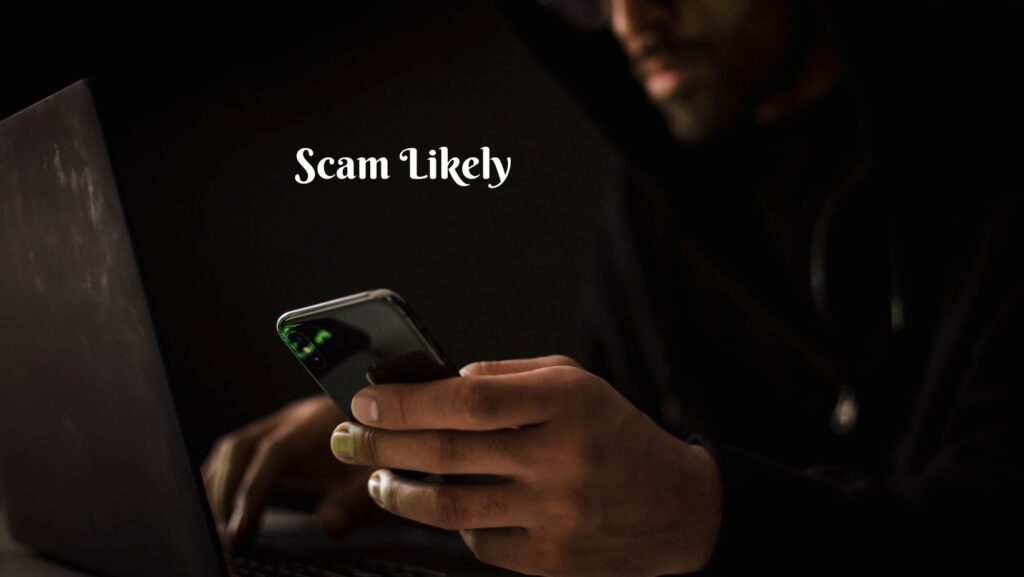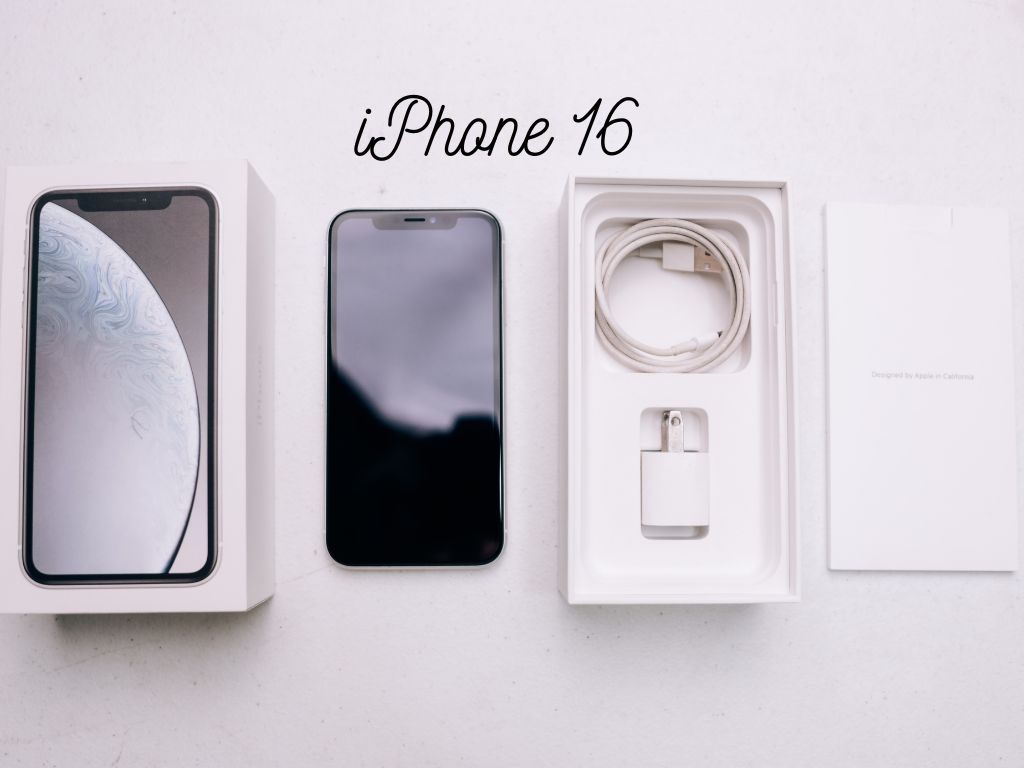You may have taken note the words “Scam Likely” on your phone when you get a call from an obscure number. It is a warning and whereas you may ignore it normally some-times, it is there for a reason. In today’s worldwide, phone scams are on the rising. Understanding what “Scam-Likely” implies and why it shows on your phone can offer assistance you avoid receiving scammed. In this blog post, we will explore the mean of “Scam Likely,” how it works, why it is critical and what you can do to ensure yourself.
Meaning of “Scam Likely”?
When a number that has been reported as possibly fraudulent calls you, your phone will display the label “Scam-Likely”. This label comes from your phone carrier or a call-blocking app that scans incoming calls. When they identify a number connected to scams, they show “Scam-Likely” to alarm you.
Phone carriers created this framework in response to the expanding number of fraud calls. The object is to secure you from answering calls that might lead to scam. This system is not always idealize, but it has made difference numerous people avoid being scamed.
Why Do Scam Calls Get Labeled “Scam Likely”?
Scam calls are identified through a few strategies. Utilizing a database of known scammer phone numbers is one of the main methods. When a number creates a part of suspicious or false calls, it gets hailed. The following time that number calls somebody, the framework will label it as “Scam-Likely.”
Another reason for the “label” is the utilize of robocalls. These are automated calls that scammers utilize to reach thousands of individuals at once. Because these calls regularly come from untraceable numbers, they get stamped as possibly fraudulent.
Additionally, a few scammers utilize a method called “spoofing.” At this point, they make their number appear familiar or local. Indeed in spite of the fact that the number looks genuine, it might still be a scam, which is why you will see “Scam-Likely” indeed for local-looking calls.
How Does the “Scam Likely” System Work?
The “Scam-Likely” frame-work works by analyzing information from millions of calls. Your phone carrier or a third-party app checks each incoming call for signs of extortion. They check if the number has been reported as a fraud, whether it is making robocalls, or if it is utilizing spoofing.
When the framework determines that a call could be fraudulent, it marks it as “Scam-Likely.” This alert alerts you to the possibility that the call may not be secure to answer. Even though it is not 100% correct, it is a vital instrument for avoiding scam calls.
If You See “Scam Likely” What Should You Do?
It is advised to not respond or answer when something appears to be “Scam-Likely” on your phone. If it is necessary, the caller will take off a voicemail. Most scammers won’t bother clearing out a message since they need to weight you in real-time.
If you inadvertently answer a call labeled “Scam-Likely,” do not freeze. Essentially hang-up if you realize it is a fraud. Scammers will continues try to attempt to keep you on the line, but you do not owe them anything. Ending the call rapidly helps secure you from falling into their traps.

Why Scam Calls So Common?
Scam calls are cheap and simple to make. Robocalling software is a tool that scammers can use to simultaneously contact thousands of victims. Even if only a little percentage of individuals fall for the scam, it is still productive for the scammers.
The rise of internet-based phone services has also creates it simpler for scammers to work. They can call from anyplace in the worldwide, making it harder for specialists to track them down. Also, since they can parody their numbers, multiple individuals do not realize they are being targeted until it is as well late.
How Can You Protect Yourself from Scam Calls?
One of the good methods to secure yourself is to not answer calls from unknown numbers which you do not recognize. If it is not necessary, let the call go to voicemail. Most genuine callers will take off a message, whereas scammers more often than not won’t.
You can also utilize call-blocking apps to channel out scam-calls. Numerous apps can block known scam numbers or naturally send them to voice-mail. A few telecom suppliers also offer instruments to block or recognize scam-calls, making it less demanding for you to maintain a strategic distance from them.
Finally, never give out individual data over the phone unless you are completely sure the caller is genuine. Scammers will regularly try to attempt to trap you into sharing delicate elements like your Social Security number or keeping money information.
What Happens If You Drop for a Scam Call?
If you drop for a fraud call, it is necessary to act quick. Contact your bank or credit card company right absent to report any extortion or scam. They can help you solidify your accounts and avoid further loss or damage.
Next step, report the fraud to the Federal Trade Commission (FTC) or your nearby specialists. The more individuals report these frauds, the simpler it is for specialists to track down the scammers and closed them down.
Finally, take steps to secure your personal data. Change your passwords, screen your accounts for suspicious movement and consider utilizing personality robbery protection services to keep your information secure.
Can You Stop Scam Calls Completely?
Regretfully, completely preventing scam calls is nearly difficult. Scammers are continuously finding modern ways to get around the framework. However, by utilizing instruments like the “Scam-Likely” framework and call-blocking software, you can decrease the number of scam calls you receive. You can too enlist your number with the National Do Not Call Registry. Whereas this won’t stop all scam calls, it can help decrease unwanted calls from authentic telemarketers.



